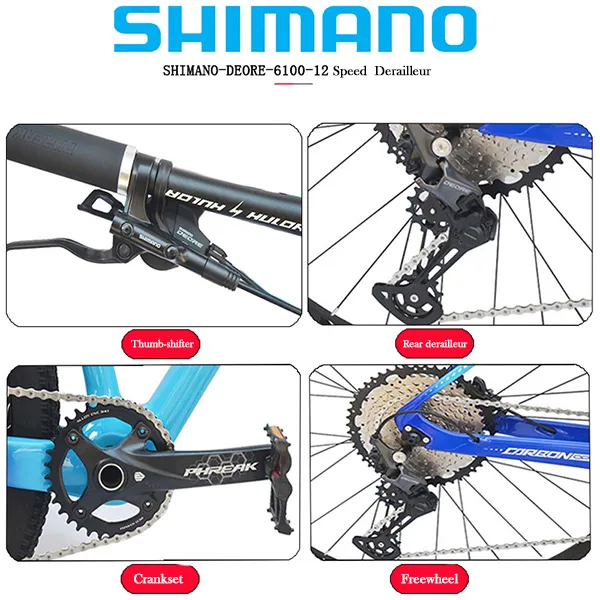
- Afrikaans
- Albanian
- Amharic
- Arabic
- Armenian
- Azerbaijani
- Basque
- Belarusian
- Bengali
- Bosnian
- Bulgarian
- Catalan
- Cebuano
- Corsican
- Croatian
- Czech
- Danish
- Dutch
- English
- Esperanto
- Estonian
- Finnish
- French
- Frisian
- Galician
- Georgian
- German
- Greek
- Gujarati
- Haitian Creole
- hausa
- hawaiian
- Hebrew
- Hindi
- Miao
- Hungarian
- Icelandic
- igbo
- Indonesian
- irish
- Italian
- Japanese
- Javanese
- Kannada
- kazakh
- Khmer
- Rwandese
- Korean
- Kurdish
- Kyrgyz
- Lao
- Latin
- Latvian
- Lithuanian
- Luxembourgish
- Macedonian
- Malgashi
- Malay
- Malayalam
- Maltese
- Maori
- Marathi
- Mongolian
- Myanmar
- Nepali
- Norwegian
- Norwegian
- Occitan
- Pashto
- Persian
- Polish
- Portuguese
- Punjabi
- Romanian
- Russian
- Samoan
- Scottish Gaelic
- Serbian
- Sesotho
- Shona
- Sindhi
- Sinhala
- Slovak
- Slovenian
- Somali
- Spanish
- Sundanese
- Swahili
- Swedish
- Tagalog
- Tajik
- Tamil
- Tatar
- Telugu
- Thai
- Turkish
- Turkmen
- Ukrainian
- Urdu
- Uighur
- Uzbek
- Vietnamese
- Welsh
- Bantu
- Yiddish
- Yoruba
- Zulu
Feb . 16, 2025 03:57 Back to list
adult mountain bikes
Choosing the right adult mountain bike involves a blend of knowledge, confidence, and personal experience. As someone deeply rooted in the intricacies of mountain biking, understanding both the technical specifications and what you desire from a riding experience leads you to make an informed choice.
Gearing for Versatility and Efficiency Equally critical is the gearing system, which empowers riders to handle varied elevation effortlessly. Modern mountain bikes embrace either 1x or 2x drivetrains. The single chainring (1x) offers simplicity, reducing mechanical failures, and is ideal for those who ride technical trails. However, for riders covering broader landscapes with shifting elevations, a double chainring (2x) offers additional gears for enhanced versatility, ensuring you never find yourself wishing for one more gear in particularly grueling climbs or descents. The Balancing of Quality and Budget Budget often dictates the final decision in acquiring an adult mountain bike. While it's tempting to veer towards the most economical choice, investing in quality ensures durability, reliability, and performance. Established brands offer entry-level, mid-range, and top-tier models, each constructed with different quality components, allowing riders to pick what fits their financial layout without compromising essential features. It’s of utmost importance to research and select brands known for their craftsmanship and customer service excellence. Personal Experiences and Recommendations Professional and amateur bikers alike frequently share experiences online, influencing potential buyers with firsthand accounts of various models. Reviews and forums can provide valuable insights into different bike models from people who’ve tested them in real-world environments. Additionally, local biking communities and clubs can offer intrinsic knowledge about particular terrains and suggest specific bike features or models that proved effective in those conditions. Ultimately, selecting an adult mountain bike requires alignment between personal goals, terrain challenges, and equipment features. The perfect bike is a combination of thoughtful choices reflecting the uniqueness of the rider and the spirit of adventure embodied in every ride. Equipping oneself with knowledge and insights guarantees that each trail conquered is a testament to both capability and enthusiasm, ensuring that the experience ultimately fulfills both thrill and satisfaction without compromise.


Gearing for Versatility and Efficiency Equally critical is the gearing system, which empowers riders to handle varied elevation effortlessly. Modern mountain bikes embrace either 1x or 2x drivetrains. The single chainring (1x) offers simplicity, reducing mechanical failures, and is ideal for those who ride technical trails. However, for riders covering broader landscapes with shifting elevations, a double chainring (2x) offers additional gears for enhanced versatility, ensuring you never find yourself wishing for one more gear in particularly grueling climbs or descents. The Balancing of Quality and Budget Budget often dictates the final decision in acquiring an adult mountain bike. While it's tempting to veer towards the most economical choice, investing in quality ensures durability, reliability, and performance. Established brands offer entry-level, mid-range, and top-tier models, each constructed with different quality components, allowing riders to pick what fits their financial layout without compromising essential features. It’s of utmost importance to research and select brands known for their craftsmanship and customer service excellence. Personal Experiences and Recommendations Professional and amateur bikers alike frequently share experiences online, influencing potential buyers with firsthand accounts of various models. Reviews and forums can provide valuable insights into different bike models from people who’ve tested them in real-world environments. Additionally, local biking communities and clubs can offer intrinsic knowledge about particular terrains and suggest specific bike features or models that proved effective in those conditions. Ultimately, selecting an adult mountain bike requires alignment between personal goals, terrain challenges, and equipment features. The perfect bike is a combination of thoughtful choices reflecting the uniqueness of the rider and the spirit of adventure embodied in every ride. Equipping oneself with knowledge and insights guarantees that each trail conquered is a testament to both capability and enthusiasm, ensuring that the experience ultimately fulfills both thrill and satisfaction without compromise.
Next:
Latest news
-
The Ultimate Kids' Four-Wheeler Experience
NewsJul.09,2025
-
The Ultimate Guide to Mountain Bikes: Gear Up for Your Ride
NewsJul.09,2025
-
The New Age of Cycling: Electric Bikes for Every Rider
NewsJul.09,2025
-
The Best Kids Bicycles: Ride in Style and Safety
NewsJul.09,2025
-
The Best 3-Wheel Scooters for Kids: Fun, Safety, and Adventure
NewsJul.09,2025
-
Revolutionize Your Ride: Affordable Electric Bikes
NewsJul.09,2025
-
Finding the Perfect Mountain Bike for Every Rider
NewsJul.09,2025



